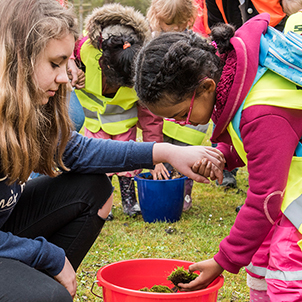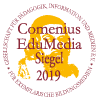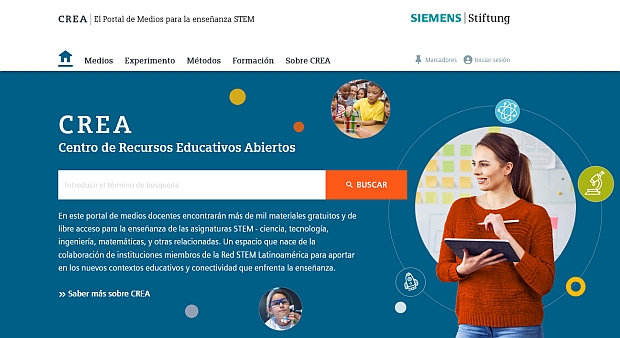
Teaching methods
Teaching methods in theory and practice
Our “Methods” pages highlight exciting teaching methods and educational models for STEM subjects. Education and media experts offer clear and concise presentations on methods such as Inquiry-based Learning, Inclusive Learning and Service-Learning.
They also provide background into learning theory, point to studies on learning effectiveness, and provide links for further study. Practice-oriented teaching examples provide tips for applying the methods.
Design Thinking is a creative and innovative approach for developing solutions to complex problems step by step. It’s increasingly gaining traction in school instruction: In interdisciplinary teams, students develop ideas, build prototypes, and test the prototypes’ impact. Design Thinking focuses on users and their needs. Based on a structured yet intuitive way of working, the method encourages the development of genuine, viable innovations.


Inclusive Learning means teaching course content to diverse classes in a differentiated manner that still serves the needs of the whole class, so that all students receive the best possible individualized support according to their varying skills and backgrounds. The teacher acts as an organizer and partner in instruction designed to achieve a shared and appreciative learning experience from and with others.
Inquiry-based Learning stands for the active acquisition of knowledge. Students slip into the role of “researchers”: They carry out research, put forward hypotheses, and discuss results under the supervision and guidance of teachers. This method is appropriate for all age groups and school types. It is especially well suited for STEM subjects due to the scientific questions posed.


Service-Learning means that students take what they learn in the classroom and apply it directly to hands-on projects in their neighborhood or community. This shows them the relevance of science and technology in society. This also gives kids the experience of seeing that they can have an impact in their direct environment through their knowledge and service. They then discuss their experience in detail back in the classroom, giving them the opportunity to actively reflect on the underlying issues.
• • •
Experts are constantly researching other teaching and learning methods for you, and they provide helpful tips on using them in STEM teaching. In the near future, we will focus on working with inclusive materials.


